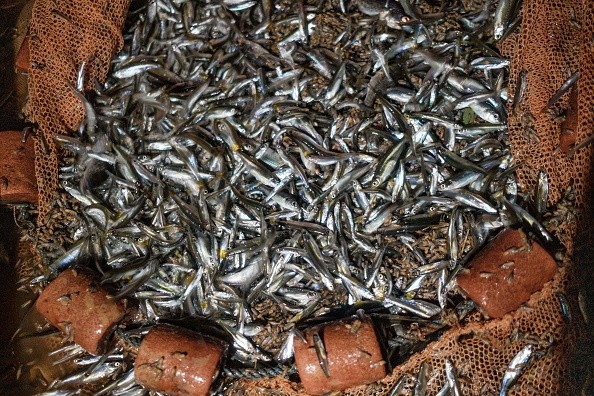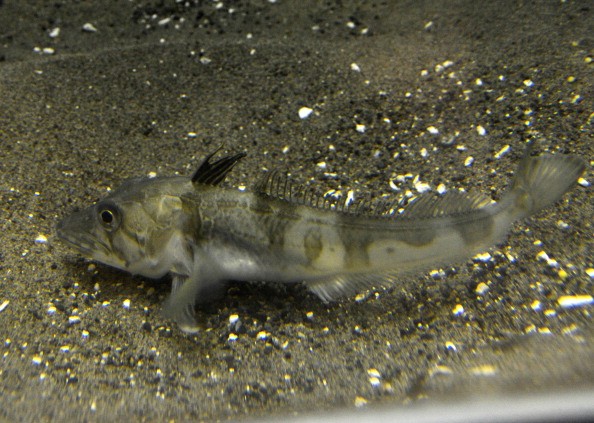A long-lasting study in the Antarctic Ocean shows a clear connection between rising ocean temperatures, shrinking sea ice, and a decline in the Antarctic silverfish population. Penguins, seals, and other local marine creatures prey on these tiny, profuse fish.

Global Warming Linked to Decline in Fish Population
Lead author and William & Mary's Virginia Institute of Marine Science (VIMS) PhD student Andrew Corso said, a statistically significant association between sea ice and the long-term abundance of any Antarctic fish species has never been recorded before.
Fish like these could become extinct if regional warming continues, which would have far-reaching consequences for the marine ecology, according to Phys.org.
VIMS researchers Drs. Deborah Steinberg and Eric Hilton along with the University of Colorado, Boulder's Institute of Arctic and Alpine Research co-author Dr. Sharon Stammerjohn have contributed to the study.
More than 7,000 larval fish specimens collected over 25 years (1993-2017) as part of VIMS' participation in the NSF-funded Palmer Antarctica Long-Term Ecological Research program were analyzed by Corso in this work.
Examining the Effects of Climate Change on Ocean Food Web
To better understand the effects of climate change on Antarctica's west coast, the Palmer Long-Term Ecological Research (LTER) project was established.
The study area is one of the most quickly warming places on Earth, with increases in air and ocean temperatures contributing to major declines in sea-ice coverage over the previous half century, adds Steinberg, who leads VIMS' participation in the Palmer LTER program.
According to Steinberg, it has risen by 10.8 degrees Fahrenheit (6 degrees Celsius) since 1945, while the yearly period of sea ice has decreased by nearly two months.
There are currently more than 40,000 individual specimens in the Nunnally Ichthyology Collection at VIMS, which is the second-largest collection of Antarctic fish in the world and is continually increasing.
When it comes to natural history collections and ecological programs working together, Hilton adds that the findings presented in the paper is a great example of the usefulness of curated, cataloged, and stored [natural history] collections.

Role of Sea Ice in the Life History of Fishes
While their ability to flourish in Antarctica's freezing waters is a result of their adaptations, the silverfish's vulnerability to ocean warming and loss of sea ice is also a result of this.
Sea ice plays an important part in these fish's life cycles, According to Corso. Their eggs and larvae are both nurtured by sea-ice, and the loss of this habitat is like a loss of milkweed to monarch butterflies.
Both larvae and adults may be negatively affected by rising water temperatures. It has been proven in previous trials with closely related Antarctic fish species that an increase in water temperature of 9 degrees Fahrenheit (5 degrees Celsius) can kill some species outright and also reduce the rate at which these fish digest their food, as per Science Daily.
In this study, researchers found that warmer water and less sea ice are linked to a drop in the abundance of larvae. Many other studies in the area corroborate and extend this finding, which shows that adult silverfish have been declining in number for several decades in the northern part of the western Antarctic Peninsula.
For more news, updates about fishes and similar topics don't forget to follow Nature World News!
© 2026 NatureWorldNews.com All rights reserved. Do not reproduce without permission.





